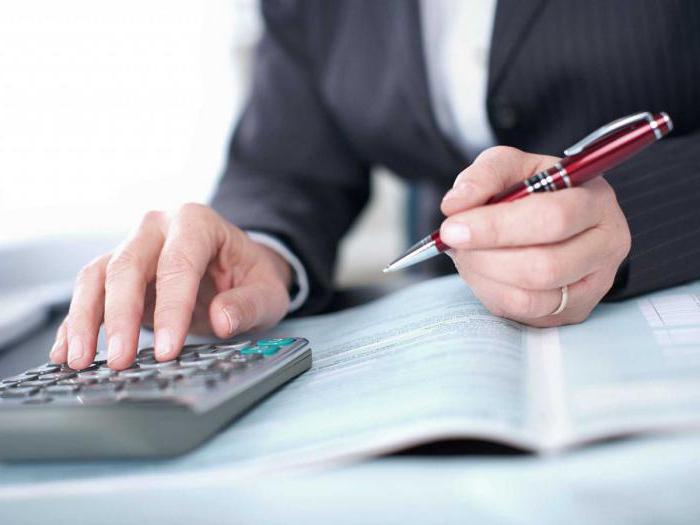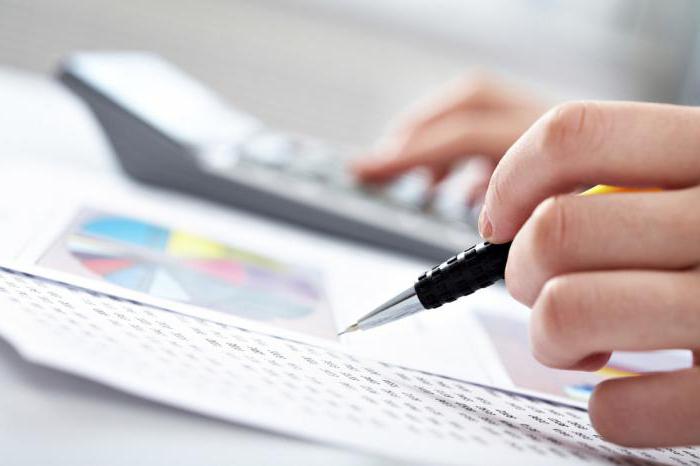The work of any company is impossible without financial resources. This is the most reliable and liquid asset of the organization, the presence and quantity of which always indicates the level of its financial stability and serves as an indicator of solvency.  The current legislation approved a whole block of regulations governing the accounting of finances: an account 50 has been established, on which all information on the availability of money at the cash desk, their receipt, expenditure and balance is collected and summarized. The rules for maintaining money accounting in the company will be discussed in this article.
The current legislation approved a whole block of regulations governing the accounting of finances: an account 50 has been established, on which all information on the availability of money at the cash desk, their receipt, expenditure and balance is collected and summarized. The rules for maintaining money accounting in the company will be discussed in this article.
What is a cash register?
The holy of holies of each enterprise is a cash register, account 50 in accounting. Information about cash flow interim results of the work performed are summarized and financial operations are planned.  A competent leader always knows how much he has, and for this a strict accounting of all incoming flows is necessary. That is why you need an account 50 "Cashier", the debit of which displays all the revenue, and on the loan - the expense (issue) of money and equivalent documents. All such operations are documented correctly filled in the primary accounting documents of the standard form.
A competent leader always knows how much he has, and for this a strict accounting of all incoming flows is necessary. That is why you need an account 50 "Cashier", the debit of which displays all the revenue, and on the loan - the expense (issue) of money and equivalent documents. All such operations are documented correctly filled in the primary accounting documents of the standard form.
Subaccounts 50 accounts
Since the sources of revenue may be different, for the convenience of accounting and simplification of analysis, sub-accounts can be opened in the enterprise. For example, on sub-account 50-1, money is taken into account at the company's fixed cash desk. If the organization interacts with foreign counterparties and operates in foreign currency, then each type of currency is taken into account in separate sub-accounts.
Logistic enterprises or communication organizations add 50 to subaccounts for operating cash desks (for example, 50-2). They reflect the movement of money from the sale of tickets, travel documents and freight, that is, cash transactions carried out at the cash desks of commodity offices, river crossings, ships, railway stations, left-luggage offices, communication departments, etc.
Separate subaccounts are used to account for monetary documents available at the cash desk of the company. These are postage stamps, bills, paid travel documents, etc. They are taken into account in value terms at the price of the costs incurred to purchase them. Analytical accounting is carried out for each type of document.
Cash accounting: primary documents
Any cash transaction, whether it is capitalization or the issuance of money, is made out as a primary document with the completion of all necessary details and permissive signatures of the company’s management. Goskomstat approved the following forms:
• warrants - receipt (PKO) of the form KO-1 and expenditure (RKO) of the form KO-2;
• journal of accounting / registration of PKO and RKO f-we KO-3;
• cash book of f-we KO-4;
• the book of accounting of receipts and payments of the form KO-5.
Income operations
Account 50 will be debited when posting money to the cashier. The person making the money submits accompanying documents to the financial service of the company as the basis for such a transaction and a power of attorney, if acting on behalf of the legal entity. The parish is formalized by a PKO filled out by an accountant and signed by the chief accountant of the organization. Confirmation of receipt of money is a receipt for PKO.  After checking and recounting the money, the cashier signs the order and affixes the stamp “Received”.
After checking and recounting the money, the cashier signs the order and affixes the stamp “Received”.
Expense operations
The payment of money from the cash desk (account 50 is credited) is made out by the RKO, but preliminary the management of the company determines the expediency of the payment and signs the RKO. The cashier accepts the document, pays the amount indicated in it, and the recipient confirms the operation by signing the warrant and indicating the details of the identity document.
Cashier leads cash book the sheets of which must be numbered, stitched, sealed with the seal of the organization and confirmed by murals of the management and chief accountant of the company. At the end of the day, the cashier enters all the operations performed, displays the remainder of the money at the end of the period and, applying all orders to the cash report, submits the audit report to the accounting department, leaving the second copy of the cash report in the book.
With mechanized methods of accounting, the execution of cash documents is carried out in computer form. The sheets of form KO-4 are printed on paper at the end of the day in two copies and are also handed over to the accountant. A cash book is usually stapled at the end of a fiscal year.
Numbers of FFP and RKO separately from January 1 of each year, starting with number 1. The executed documents are recorded in the journal of registration of PKO and RKO.
Account 50: Postings

Corresponding to the account "Cashier" a large number of balance accounts. Here are the main transactions in which account 50 is involved (the content of the transaction, debit credit):
- Capitalized money from r / account - 50 51.
- Refund from the supplier - 50 60.
- Arrival from customers - 50 62.
- Capitalized loan issued by the bank - 50 66.
- Return of accountable amounts - 50 71.
- The employee paid compensation for damage - 50 73.
- Capitalization of revenue from sales - 50 90-1.
- Revenues from other profitable operations - 50 91-1.
- Contributed from the cash desk to the bank account - 51 50.
- Purchase of securities in cash - 58 50.
- The debt to suppliers was paid off - 60 50.
- Refund to the buyer - 62 50.
- Paid off short-term loan in cash - 66 50.
- Issuance of vouchers paid by the FSS - 69-1 50.
- Salary payment - 70 50.
- Issuance for the report - 71 50.
- Dividend payment - 76-1 50.
- Payment for company shares repurchased from employees is 81 50.
- A shortcoming identified by the audit at the checkout was made - 94 50.
These are the typical accounting records needed to control a company's cash.








